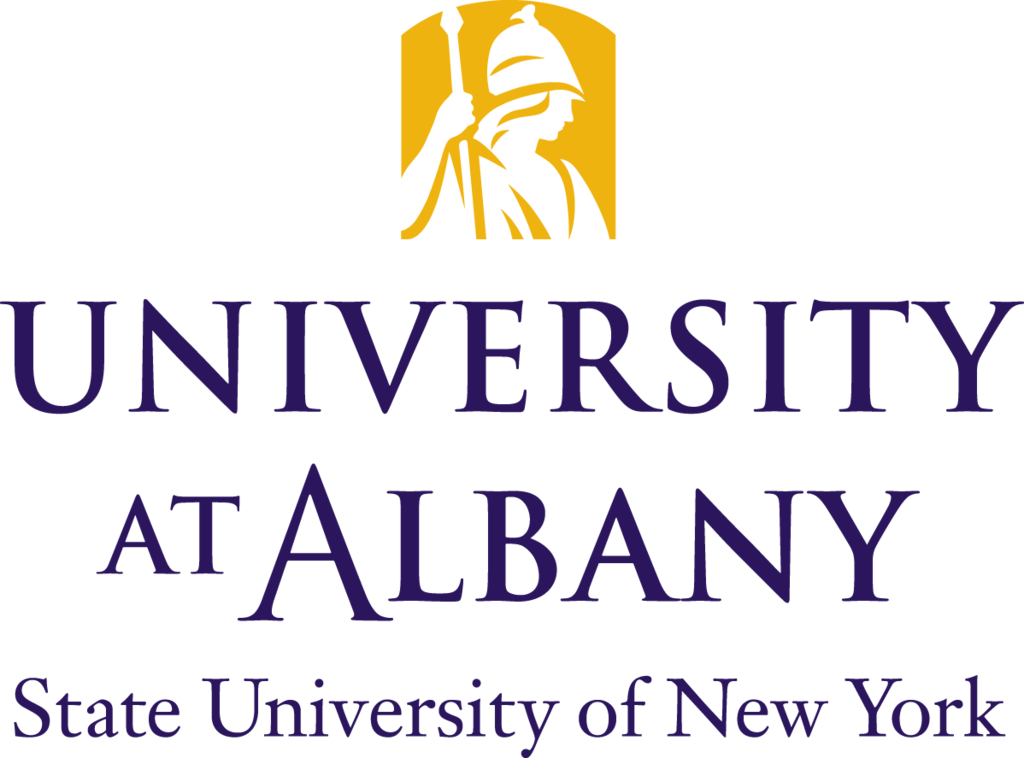Newswise — ALBANY, N.Y. (July 27, 2023) — One in six full-time faculty positions at nursing education programs in New York State are currently vacant, according to a new report released by the Center for Health Workforce Studies (CHWS) at University at Albany’s School of Public Health.
This finding coincides with an increasing number of faculty departures due to retirements, career changes and family commitments. Growing vacancies could potentially reduce the number of students admitted to the programs, which could exacerbate the current shortage of registered nurses (RNs) statewide.
“The pressures of large faculty vacancy rates, problems with attracting clinical preceptors and limitations on clinical training sites may hinder future production of RNs, especially in upstate regions,” said Robert Martiniano, senior program manager at CHWS. “Ultimately, we need to understand and address those factors that may negatively influence RN production.”
The new report describes findings from the most recent survey of deans of New York State’s nursing education programs — conducted by CHWS each year — that provides critical information on the production of new RNs in the state. Programs included in the survey span associate degree nursing (ADN) programs, pre-licensure baccalaureate nursing (BSN) programs and BSN-completion programs.
The survey found that new registered nurse graduations in New York grew by over 12% between 2019 and 2022 statewide; however, there were substantial regional differences. Downstate regions including the Hudson Valley, Long Island and New York City showed a 19% increase in new RN graduations between 2019 and 2022, compared to only 2% for upstate regions. Three upstate regions saw declines in new RN graduations during the same period.
While applications and acceptances to the state’s nursing education programs have remained relatively stable, nursing program deans reported turning away qualified applicants due to faculty and preceptor shortages as well as lack of clinical training sites. Previous CHWS studies have documented increased recruitment and retention difficulties for RNs.
“We need to continue to monitor the RN pipeline, given the increased level of RN retirements and the higher level of turnover of newly trained RNs,” said CHWS Director Jean Moore. “Any reduction in RN production will only widen the current RN shortages.”
The report can be accessed on the CHWS website.
About the Center for Health Workforce Studies:
Established in 1996, CHWS is an academic research organization, based at the School of Public Health, University at Albany, State University of New York (SUNY). The mission of CHWS is to provide timely, accurate data and conduct policy relevant research about the health workforce. The research conducted by CHWS supports and promotes health workforce planning and policymaking at local, regional, state, and national levels. Today, CHWS is a national leader in the field of health workforce studies.
About the University at Albany:
The University at Albany is one of the most diverse public research institutions in the nation and a national leader in educational equity and social mobility. As a Carnegie-classified R1 institution, UAlbany and its faculty and students are creating critical new knowledge in fields such as artificial intelligence, atmospheric and environmental sciences, business, education, public health, social sciences, criminal justice, emergency preparedness, engineering, informatics, public administration and social welfare. Our courses are taught by an accomplished roster of faculty experts with student success at the center of everything we do. Through our parallel commitments to academic excellence, scientific discovery and service to community, UAlbany molds bright, curious and engaged leaders and launches great careers.
